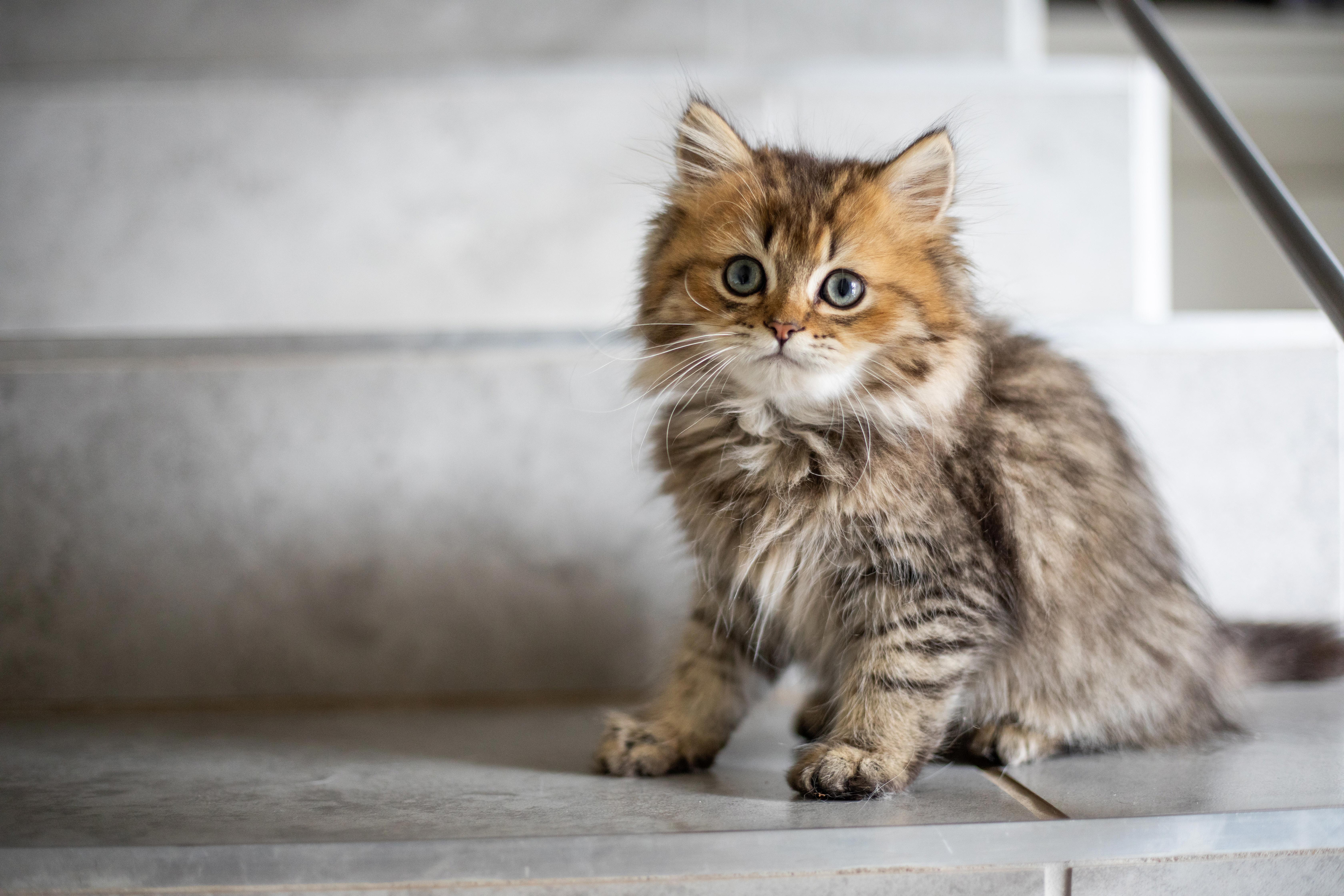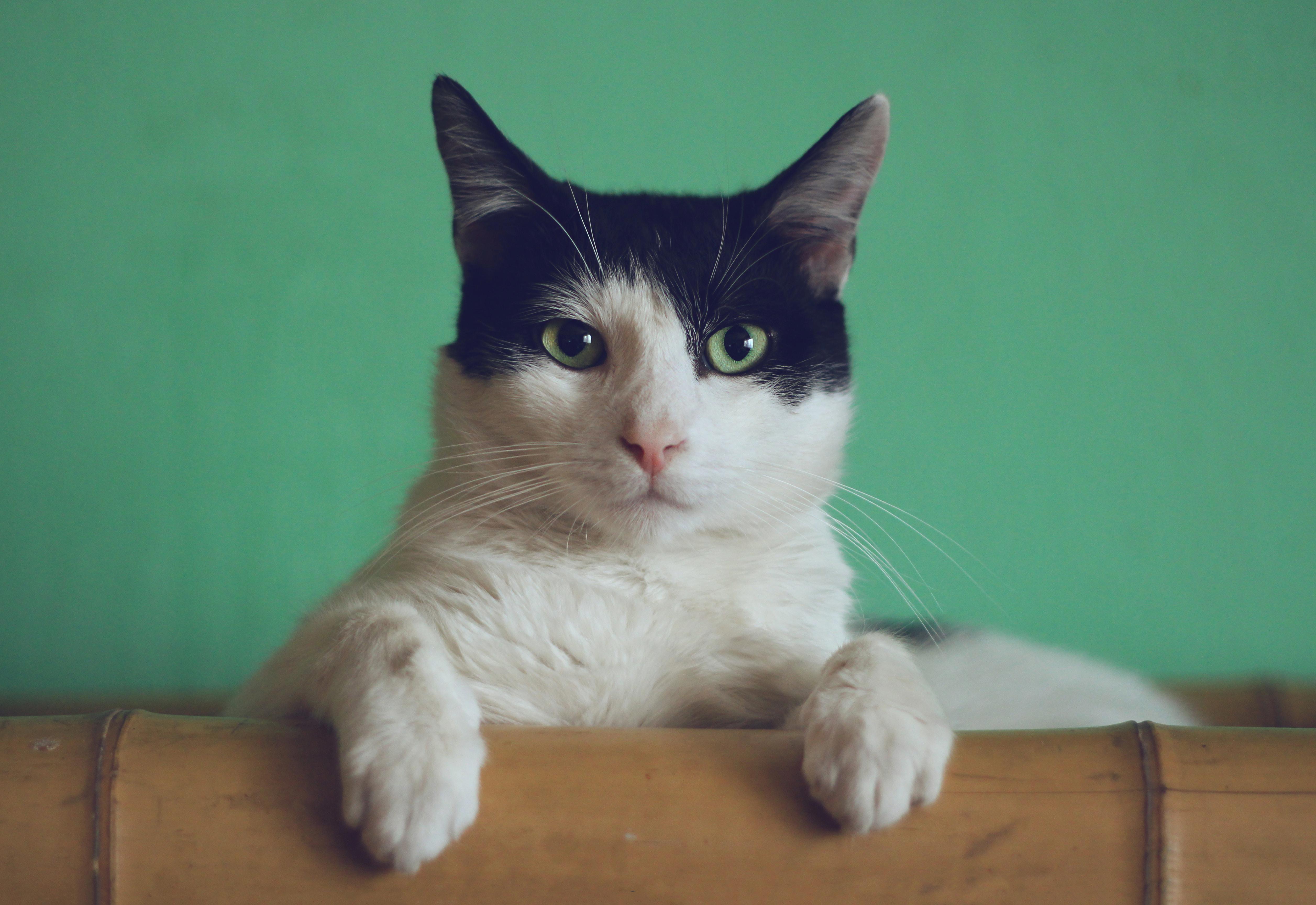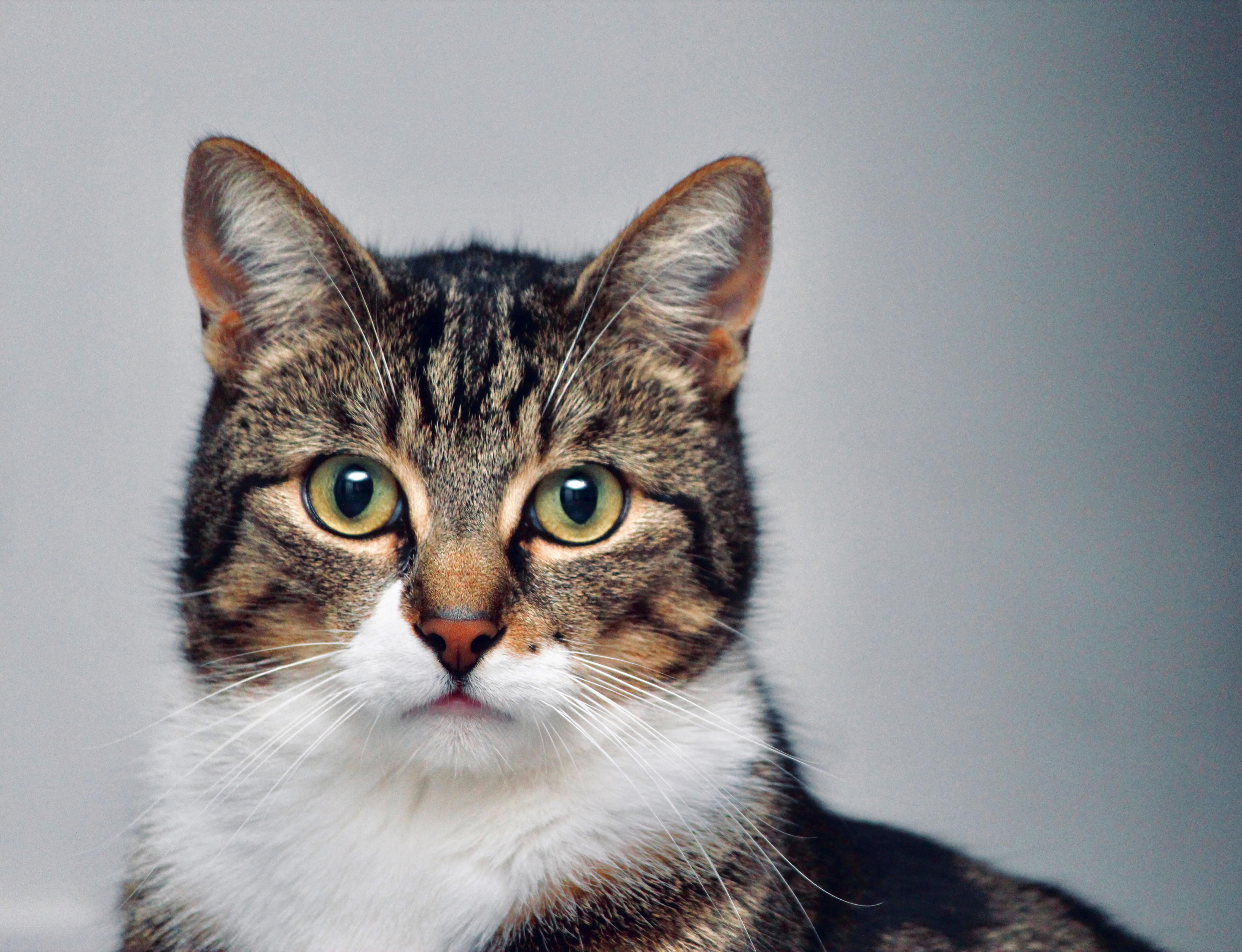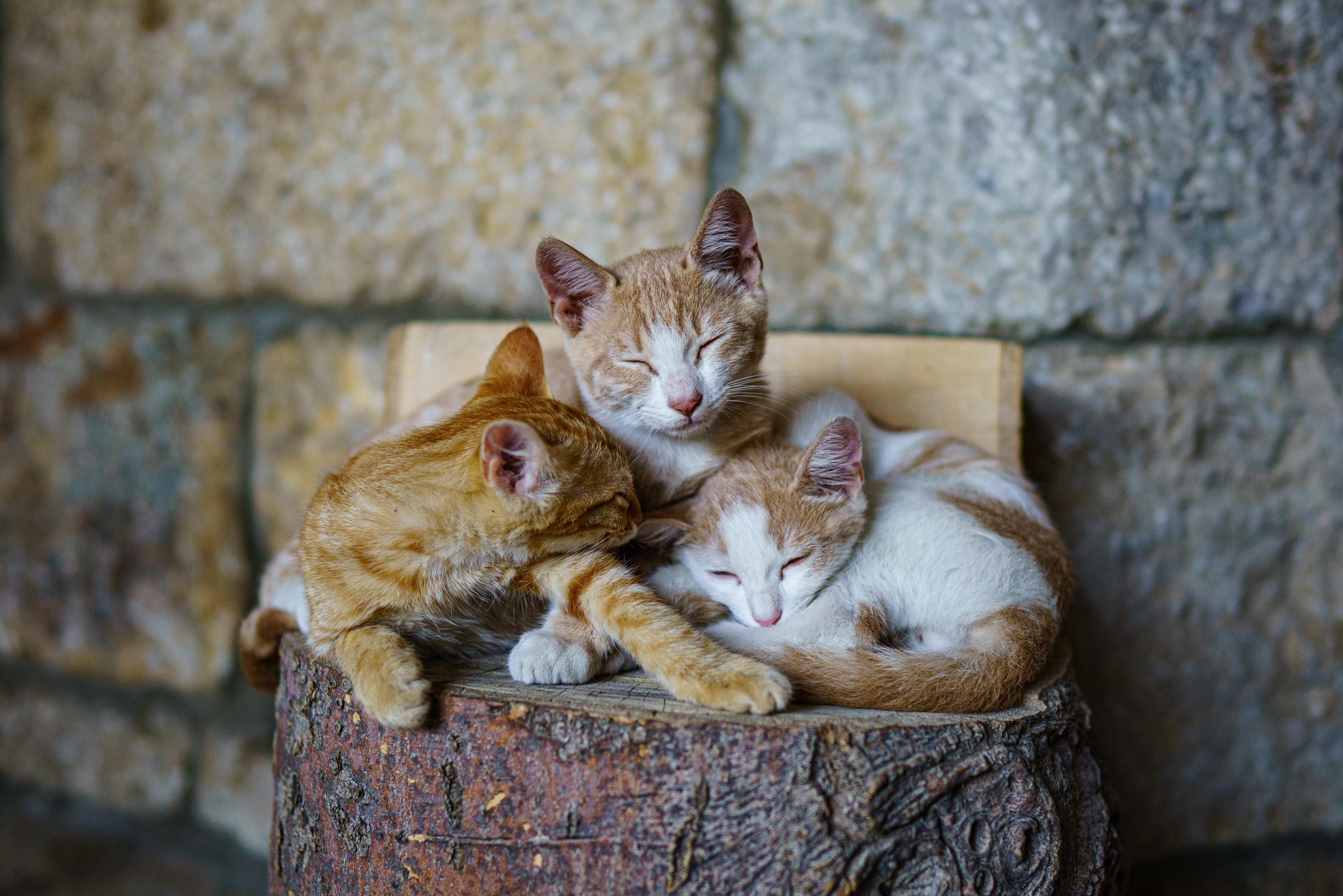Cats can be notoriously difficult to read. Unlike dogs, cats rarely show obvious signs of pain and distress. This can make it difficult to tell when your feline friend is in discomfort. This can be especially concerning if your cat has a chronic illness or is recovering from surgery. Knowing the signs of pain in cats is essential for their health and wellbeing. In this blog post, we’ll look at the various signs of pain in cats, as well as how to identify and help your furry friend.
One of the most important aspects of being a responsible pet parent is to know when your cat is in pain. Pain can manifest in many ways, and being able to recognize the signs can help you get your cat the help they need in a timely manner. Unfortunately, cats are known to be stoic and can mask their pain, making it difficult to tell when something is wrong. To help you better understand the signs of pain in cats, as well as how to help your feline friend, we’ve put together this guide.
What are the Common Signs of Pain in Cats?
The signs of pain in cats can be subtle, but it’s important to pay attention to your pet’s behavior in order to spot any changes. Here are some of the most common signs that can indicate your cat is in pain:
• Changes in activity level: If your cat is usually active and suddenly becomes lethargic or vice versa, this can be a sign that something is wrong.
• Changes in appetite: A decrease in appetite can be an indication of pain, as well as sudden food aversion.
• Hiding: If your cat is normally social and starts hiding away from people or other cats, this can be a sign of discomfort or pain.
• Vocalization: If your cat is meowing or yowling more than usual, this can be an indication of pain.
• Changes in grooming: If your cat is grooming less than usual, this can be a sign of pain, as can excessive grooming of a specific area.
• Aggression: A normally sweet cat may become aggressive if they are in pain, so it’s important to take note of any sudden changes in behavior.
• Posture: If your cat is hunched over or holding a limb in an odd way, this can be a sign that they are experiencing discomfort or pain.
What Causes Pain in Cats?
The causes of pain in cats can vary, from chronic conditions to acute injuries. Some of the most common causes of pain in cats include:
• Arthritis: Osteoarthritis is a common cause of pain in cats, especially older cats.
• Injury: Injuries from falls, fights, or car accidents can cause acute pain in cats.
• Infections: Bacterial or viral infections can cause pain in cats.
• Cancer: Cancer can cause pain in cats, as well as other health complications.
• Kidney Disease: Kidney disease can cause pain in cats due to inflammation of the kidneys.
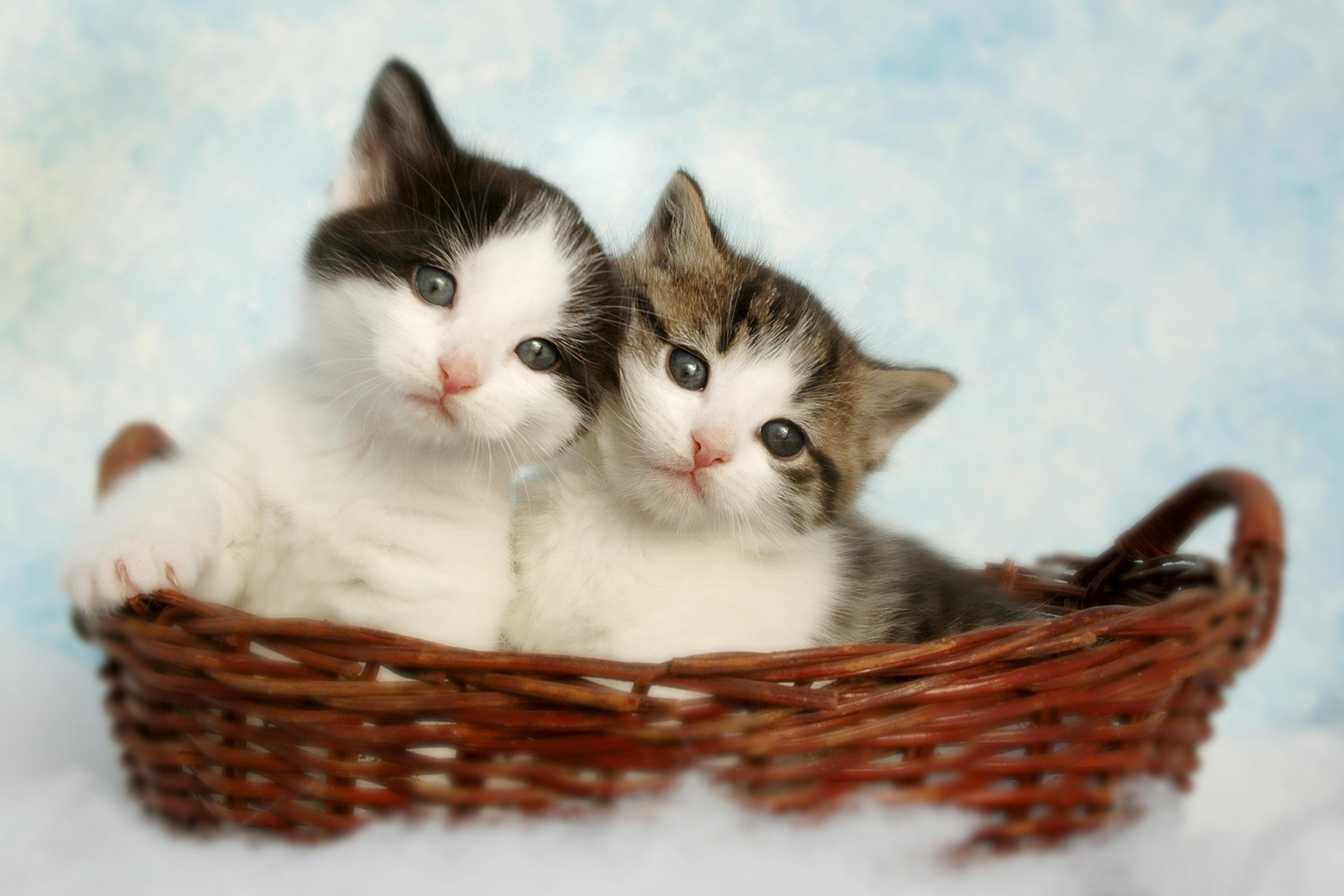
• Gastrointestinal Issues: Inflammatory bowel disease, pancreatitis, and other gastrointestinal issues can cause pain in cats.
• Dental Disease: Dental disease can cause pain in cats, as can abscesses and other oral issues.
• Trauma: Trauma from an accident or surgery can cause pain in cats.
How Can I Help My Cat in Pain?
If you suspect that your cat is in pain, it’s important to take them to the vet as soon as possible. Your vet will be able to conduct an examination and run tests to determine the cause of the pain. Once the cause is determined, your vet can provide treatment to help manage the pain and any underlying issues.
In addition to taking your cat to the vet, there are some things that you can do to help your cat at home. Here are some tips for helping your cat in pain:
• Provide a comfortable place to rest: Create a quiet and comfortable area for your cat to rest, away from other animals and children.
• Offer soft bedding: Make sure that your cat has a soft bed to sleep on, such as a heated cat bed or a soft blanket.
• Help them move around: If your cat is having difficulty moving around, help them by carrying them or providing ramps or stairs for them to use.
• Give them pain medication: If your vet has prescribed pain medication for your cat, make sure to follow their instructions for giving it to your cat.
• Provide a warm space: If your cat is cold, provide them with a warm space to rest, such as a heated pet bed or a space near a heater.
• Soften hard surfaces: Place soft rugs or blankets on hard surfaces to help your cat move around more easily.
• Offer plenty of water: Make sure that your cat has access to fresh water at all times.
• Offer a variety of food: Offer a variety of wet and dry food to ensure that your cat is getting the nutrition they need.
• Keep their environment clean: Make sure that your cat’s litter box is clean and that their bedding is regularly changed.
Conclusion
Cats are known to be stoic and can mask their pain, making it difficult to tell when something is wrong. To help you better understand the signs of pain in cats, as well as how to help your feline friend, we’ve put together this guide. The causes of pain in cats can vary, from chronic conditions to acute injuries, and recognizing the signs of pain is the first step in getting your cat the help they need. If you suspect that your cat is in pain, take them to the vet as soon as possible. In addition to taking your cat to the vet, there are some things that you can do to help your cat at home, such as providing a comfortable place to rest, offering soft bedding, helping them move around, giving them pain medication, providing a warm space, softening hard surfaces, offering plenty of water, offering a variety of food, and keeping their environment clean. By recognizing the signs of pain in cats, you can help ensure that your cat gets the help they need in a timely manner.
In conclusion, cats are masters at hiding their pain, so it is important to be vigilant in watching for subtle signs of pain. If you notice any of the signs mentioned here, you should contact your veterinarian right away. While cats can be stoic, they rely on us to provide them with the care and comfort they deserve. By paying close attention to their behavior, you can make sure your feline friend is happy and healthy.
Please follow us on Social Media


